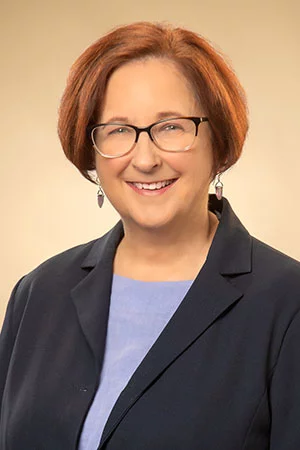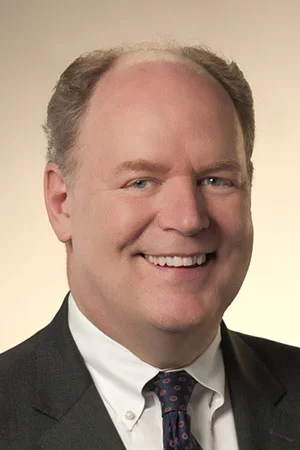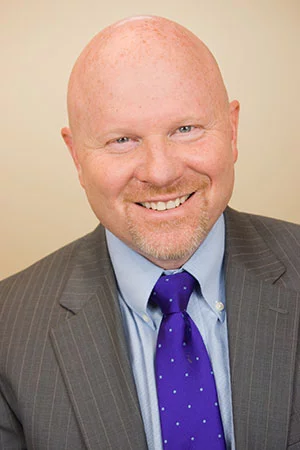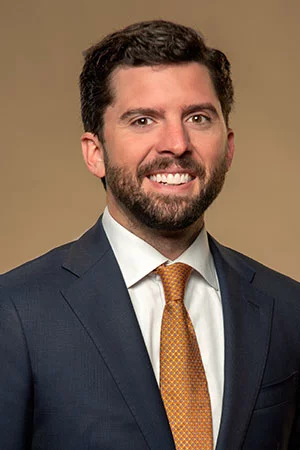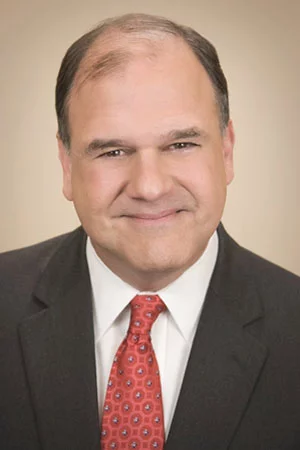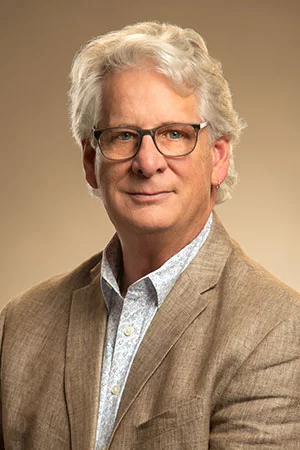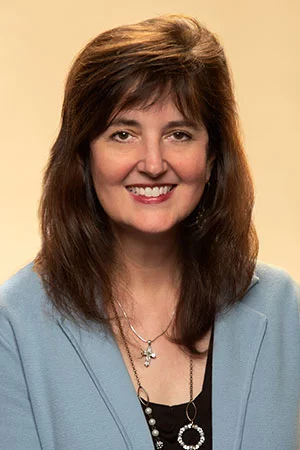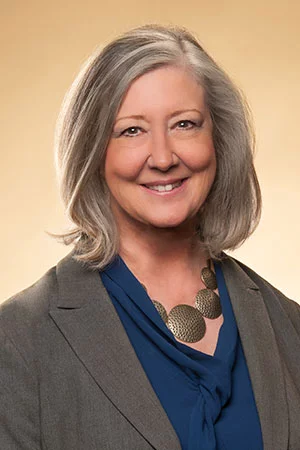When we think of heroin, most of us think of it as a seamy, urban drug, used by people who live under bridges, are chronically unemployed, and use by injection.
While Tennessee is certainly not alone in this trend, it is disturbing to realize that heroin is moving into areas of every community that we previously thought wholesome and affluent. Communities like Plano, Texas; Westchester, N.Y.; and Brentwood, Tenn., are not places you might associate with such a disgusting substance.
Heroin is experiencing epidemic growth in upper-middle class neighborhoods previously known more for soccer moms, private schools and white-collar lifestyles.
The reason behind this sudden shift is part accessibility, part economics and partly a change in the way the drug is presented.
In just about every home, there are “stashes” of pain-killing drugs like Percocet, Oxycodone, Hydrocodone, Vicodin, and Darvocet. These are typically left over in modest quantities from a previous outpatient surgery or a tooth extraction.
Young people hear about these drugs and often take the leftovers from their parents’ medicine cabinet and experiment with them. “It’s not a big deal,” they reason. “These drugs are legal and the doctor prescribed them so they can’t be addictive.” Those who have the disease of addiction say the drugs make them feel normal for the first time in their lives.
The next thing they know, the legal and free supply has run out. They are hooked and looking for the next opportunity to get high. These pills aren’t cheap – $30-$80 a pill. That’s where the economic factor comes in. Today, the individuals and organizations in the business of peddling illegal drugs do what marketers typically do to generate trial in any business: They leverage trial by discounting or simply giving the product away, in effect “sampling” the drug.
Dangerous mixes with cold medications
Alarming is the fact that heroin is mixed with other substances even more common and seemingly even less harmless than leftover painkillers – substances nowhere near as seamy-sounding as heroin. The old image of heroin is cleaned up and renamed.
Recently, I moved to Nashville from the suburbs of Dallas, where authorities have, for the past three to five years, been battling the popularity among teens of a highly addictive substance known as “Cheese.”
Cheese is a cheap and highly addictive recreational drug made with very common and easy to get over-the-counter cold medications (Benadryl) and heroin. With products so easy to get, the experience starts harmlessly in the mind of the young person. It is usually smoked or snorted early on with the belief that “if I don’t inject, I am not an addict.” The progression to addiction and co-addiction is swift and can easily ruin a life and a lifetime of accomplishment for those affected.
Awareness of the problem is the first step toward solving it. Recognizing there is help for addiction, even specialized help for adolescents and their families, is critical. Cumberland Heights is eager to be a resource for families. If you want more information, visit our website or call us at 615-314-3856.
Terrence L. Alley, M.D., FASAM, is medical director of the Healthcare Professional Program at Cumberland Heights in Nashville, one of the oldest and most respected alcohol and drug treatment facilities in the Southeast.

